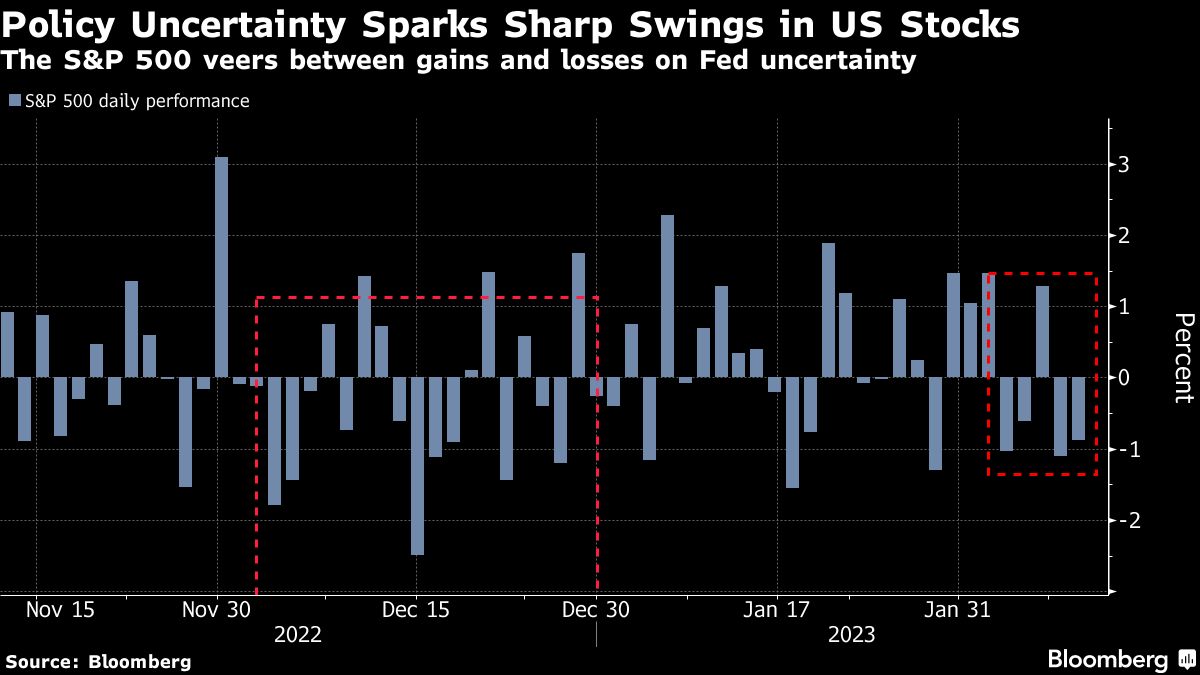San Francisco: a deflating Pandemic Housing Bubble?
[ad_1]
But on a regional level, the correction in the second half of 2022 was a mixed bag.
Among the 20 major markets tracked by Case-Shiller, 12 markets saw home prices fall by less than 5% in the second half of 2022. That includes markets like Chicago (-0.9%) and New York (-2.2%). Meanwhile, eight markets saw local home prices fall by over 5% in the second half of 2022. That includes sharp drops in markets like San Francisco (-12.3%), Seattle (-11.4%), and Phoenix (-7.15%).
While this mild correction might not be a bursting national Pandemic Housing Bubble, one could argue that markets like San Francisco are indeed bursting Pandemic Housing Bubbles.
Let’s be clear: The concept of a Pandemic Housing Bubble isn’t anything like the 2000s housing bubble—which saw predatory mortgage lending fuel rampant speculation and overbuilding.
Instead, the idea of a Pandemic Housing Bubble is that home prices in some tight inventory markets, in developed countries like Canada and the United States, became detached from underlying economic fundamentals during the pandemic as an elevated demand for housing space and historically low interest rates came together to create a housing frenzy. Those overheated housing markets, in theory, would be vulnerable to sharp home price corrections once pandemic housing demand relented and mortgage rates spiked.
To better understand if markets like San Francisco meet the criteria for a Pandemic Housing Bubble, let’s take a closer look at the Case-Shiller data.
Just weeks into the COVID-19 lockdown, techies were already fleeing markets like San Francisco and Seattle for so-called Zoom towns like Boise. But here’s the ironic part: San Francisco and Seattle still saw home prices boom 41.9% and 52.2%, respectively, between March 2020 and May 2022. How is that possible? According to a paper published last year by researchers at the Federal Reserve Bank of San Francisco, the pandemic saw demand for housing “space” surge across the country. That elevated demand for “space” coupled with the pandemic’s tech boom, helped housing markets like San Francisco and Seattle boom even as their populations declined.
But once the Federal Reserve’s interest rate hikes in 2022 ended the Pandemic Housing Boom, markets like San Francisco and Seattle saw particularly hard stops. Not only were their housing markets vulnerable to higher mortgage rates, but their tech-based economies were also vulnerable in a higher interest rate environment.
Simply put: The wave of tech layoffs we’ve seen over the past six months, coupled with mortgage rates spiking from 3% to 6%, was the perfect recipe for a housing correction in a market like San Francisco.
This sharp correction has already seen San Francisco shed nearly half of its Pandemic Housing Boom gains.
Between March 2020 and May 2022, the Case-Shiller San Francisco Home Price Index jumped 41.9% from 273.0 to 386.7. However, the home price correction in the second half of 2022 saw that index slip to 340.8 as of November. That means in just six months, San Francisco lost 42% of its Pandemic Housing Boom gains.
On one hand, San Francisco has clearly seen a sharp pull back in home prices. On the other hand, San Francisco continues—and will likely continue to struggle with—an acute housing shortage.
“The San Francisco Bay Area is an extreme case of a constrained housing market, with job growth outpacing new housing production and resulting in supply shortages and price spikes that date back at least 30 years,” wrote Federal Reserve Bank of San Francisco researchers in a paper published in March 2022.
So is San Francisco a bursting Pandemic Housing Bubble? That might be one way to put it. Another way is to say it’s an overheated market facing some period of price adjustment.
Want to stay updated on the U.S. housing market? Follow me on Twitter at @NewsLambert.
Learn how to navigate and strengthen trust in your business with The Trust Factor, a weekly newsletter examining what leaders need to succeed. Sign up here.
[ad_2]
Source link


